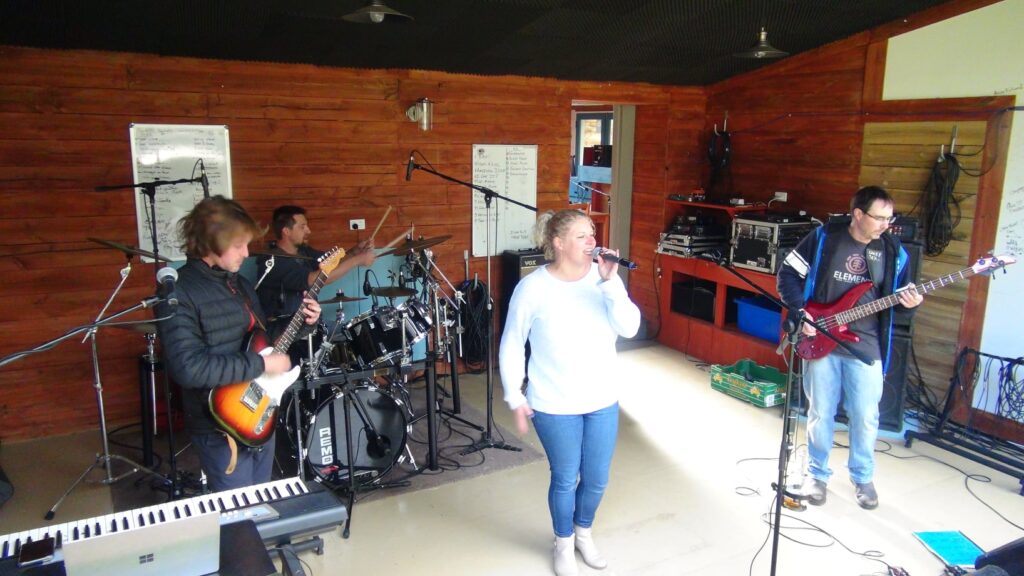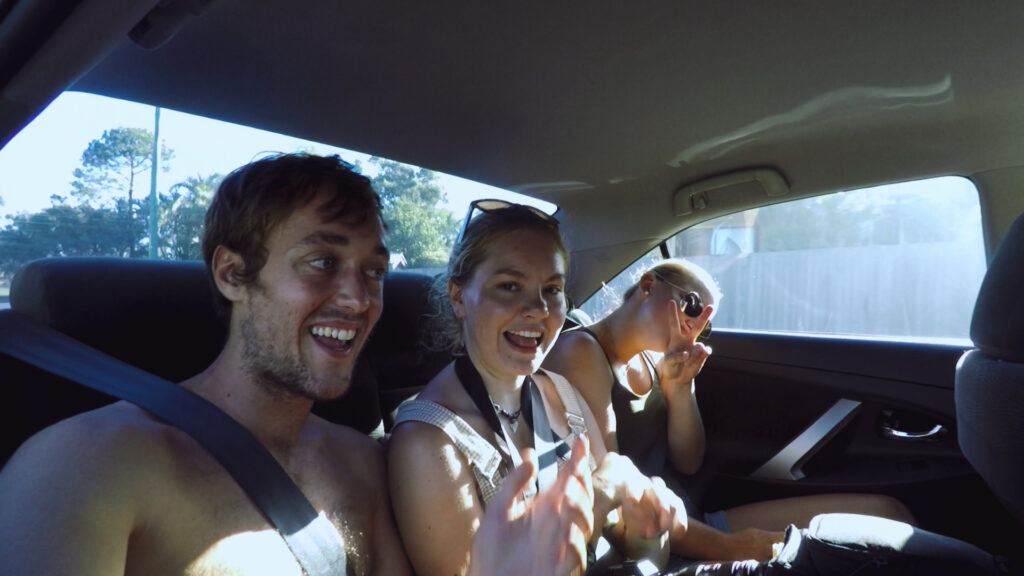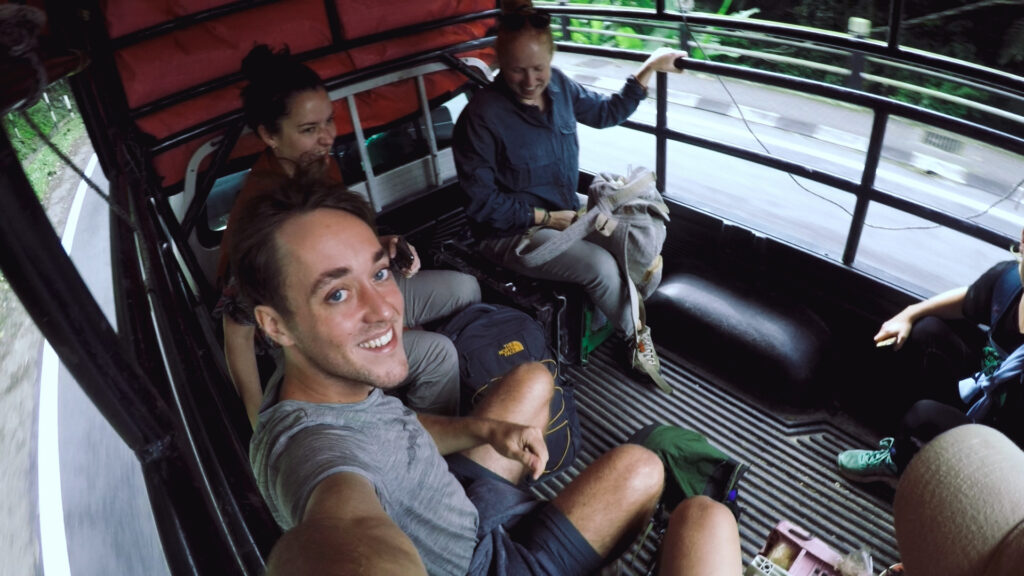travel, Travel Guides, Travel Tips
How to play Cabo – The famous traveller’s card game.
Cabo is a popular card game among backpackers and travellers. It is easy to learn with simple rules, and players can pick up different strategies within a few minutes. What’s interesting about Cabo is that everyone has their game variation, often shared through word of mouth. Therefore, the rules are flexible and can vary depending on where you play.
I first discovered Cabo on a backpacking trip and have played it several times since then with different friends and in various locations. When I lived on King Island, Cabo was our favourite game, especially when accompanied by drinks, resulting in unforgettable nights. However, due to Covid-19, the popularity of Cabo has decreased as it is challenging to find players familiar with the game’s rules. Nonetheless, whenever I find players, they enjoy playing Cabo just as much as I do.
I recently spent an entire rainy ANZAC day living on a boat in Australia’s Gold Coast, playing Cabo with some friends. It’s there where I laid the foundations of this post—not just trying to make it more popular again. It’s also a way of finally writing down the definite rules and all their adaptations. Here is how to play Cabo – The famous traveller’s card game.
What do you need to play Cabo?
- Playing Cards.
- A table where all players are within reach of each other cards.
- Three or more people to play.
- Pen and Paper or a phone to keep the scores.
How to win a game of Cabo?
The objective of Cabo is to end up with a lower score than your opponents. Getting towards the lower score is done by strategically playing, switching and discarding cards. Whenever a player calls Cabo, all other players have one more turn to turn things around, and the total score is calculated. If you have the lowest score or no cards at all, you are the winner of that round.
How to start a game of Cabo?
All people playing Cabo are dealt four cards face down from the card deck. The rest of the cards are placed face down in a stockpile within reach of all players. The players then arrange their cards in a square formation in front of them. Once everyone does this, every player can look at the two cards closest to them once. Afterwards, they must be placed in the exact location face down again. The two cards must be remembered from here, as it is impossible to look at them again, except with a special card. Players must keep their cards hidden from others as they don’t want anyone else to know these two cards.
To officially start a game of Cabo, the top card of the stockpile is placed face up next to the stock on a discard pile, also within reach of all players. Here, all players have a first chance to snap one of their cards.
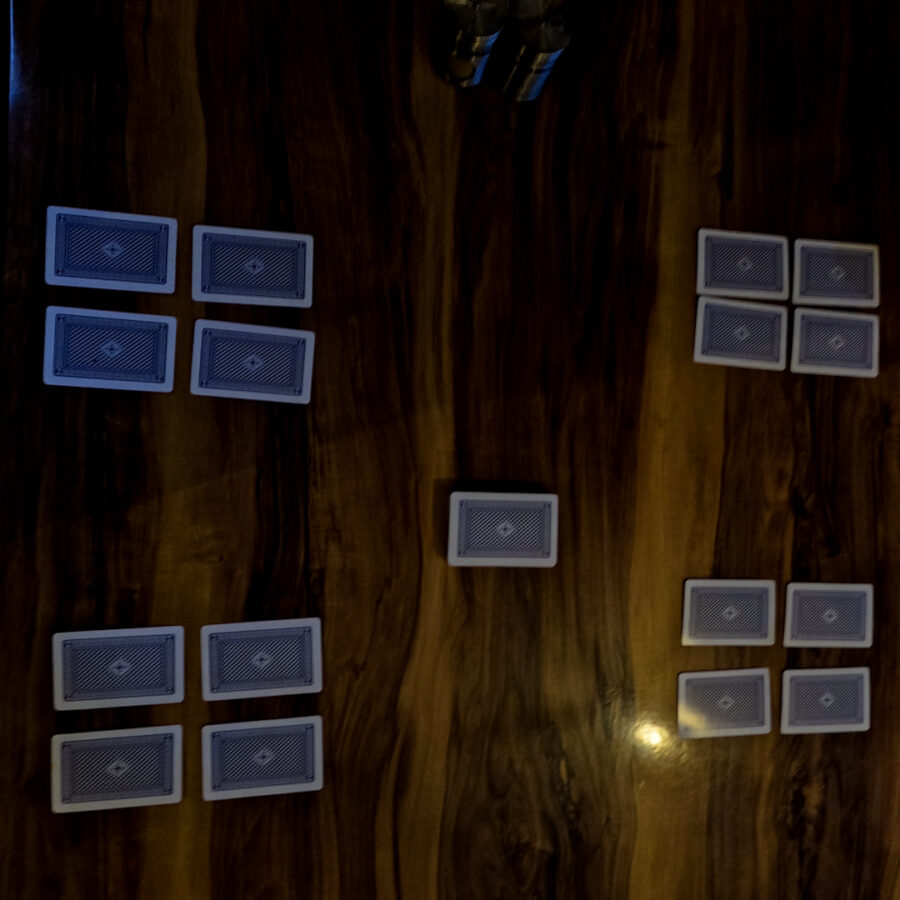
Snapping a card:
Once the first card is discarded or later in the game, any card is discarded, players can take one card of matching rank from their own or someone else’s formation and lay it on the discard pile. Players must race to snap a card, as only one extra can be placed on the discard pile every turn.
If a player lays a valid card from their formation, they can continue the game with one fewer card. However, when he applies the wrong card, he gets punished and has to add an extra card to his formation while taking back the discarded card. When a player successfully lays another player’s card, they can move one of their cards to the other player’s formation. However, when a player discards the wrong card from another player, he must add two cards to his formation from the stockpile.
How to play Cabo?
Beginning with the player to the dealer’s left or the person who won the last game, one card can be taken from either the stockpile or the discarded pile. From here, that player has two choices: either to keep the card and switch it with another card of his own formation, or he decides not to use it and places it immediately on the discard pile. The game continues clockwise, where the other players can do the same. Whenever a special card gets discarded, it unlocks its potential superpowers, and the player can decide to use that power within their turn. Once the next player takes a card from the stockpile, the superpower is lost.
Special cards:
Black King: when a player discards a Black King, it unlocks the superpower to look at another’s player’s card and choose whether to swap that card with one of their cards. It doesn’t, however, unlock the power to look at one of their cards in the process.
Queen & Jack: when a player discards either a Queen or a Jack, it unlocks the superpower to swap one of their cards with another player blindly. It means the player can not look at the card he gives away or receives.
9/10: when a player discards either a nine or a ten, it unlocks the superpower to look at one other card from another player. The card has to be from another player, not his formation.
7/8: when a player discards a seven or an eight, it unlocks the superpower to look at one of their cards. The card cannot be from another player.
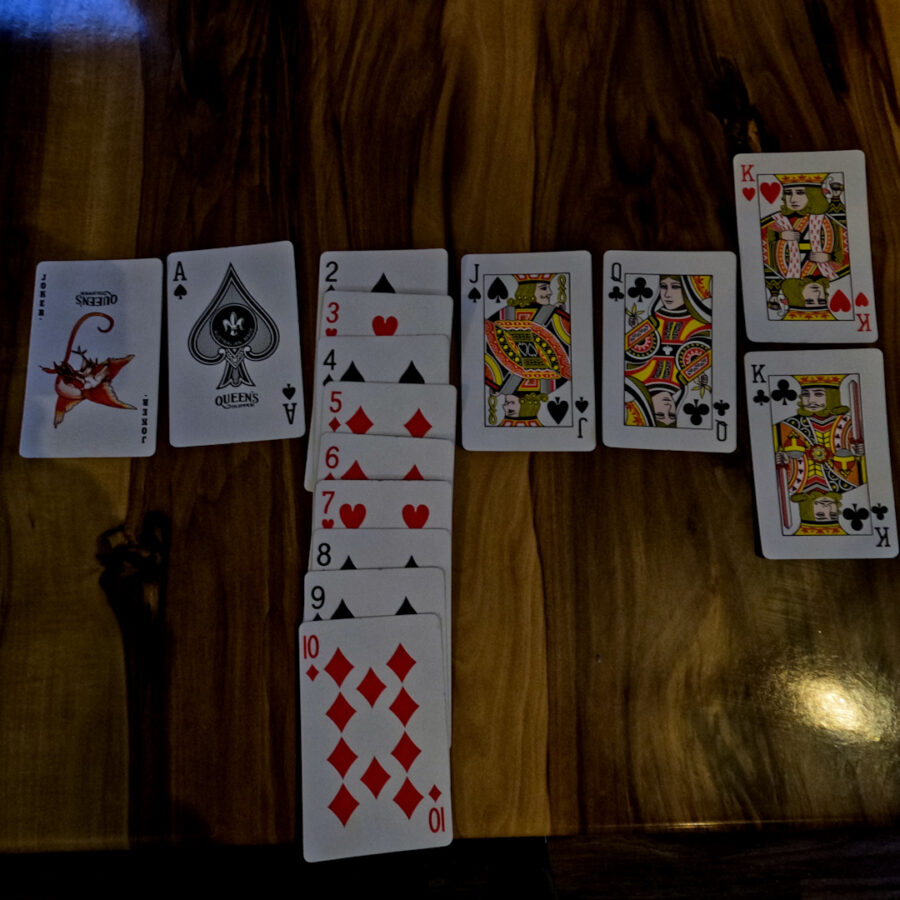
How does a game of Cabo end?
The end of play begins when one player thinks he has the lowest cards of everyone and calls Cabo right after his turn or whenever a player runs out of cards. All other players have one more go before the end of the game. Finally, all cards are turned around, and the total value per person is calculated. The player with the lowest total value wins the game.
Card Values:
Ace: 1
2-10: typical values
Jack: 11
Queen: 12
Black Kings: 13
Red Kings: 0
Jokers: -1
Alternative endings:
Since Cabo is a game that involves thinking and strategy but also some luck, it might be worth playing multiple games and calculating the winner out of various competitions. Write down the score after every match and ultimately determine the winner. There are multiple options to do this. Either you write down the scores at the end of the game, or you reward the winner with a 0 score or even someone that got rid of all their cards with a -5 score. A best-out-of-10 or even a best-out-of-5 tournament is always fun and keeps everybody competitive.
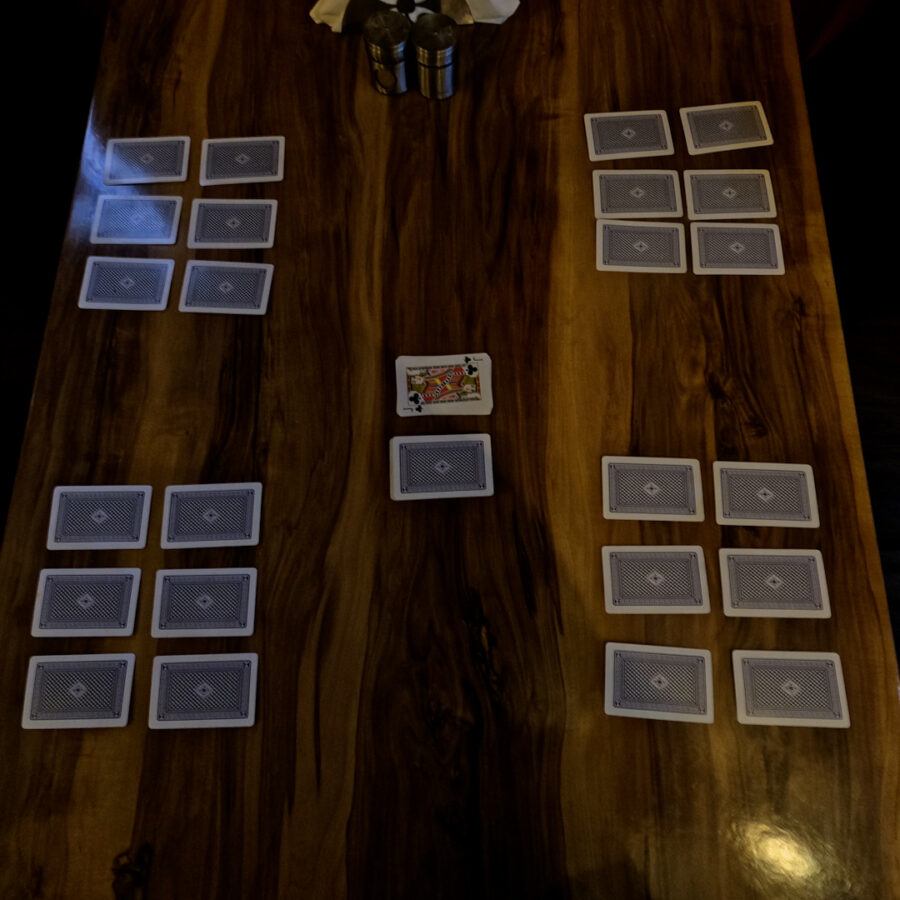
Different ways of playing Cabo:
Cabo is a card game that allows for easy customization of its rules. I personally enjoy playing with six cards instead of the usual four. This adjustment involves laying out your formations so you can view three cards before the start of the game. Additionally, you can use a 500s-card deck and add 11, 12, and 13 cards to the game. While these cards can be counted at face value, it’s also fun to give the 13 cards a -5 bonus, for example.
All in all, Cabo is a fun game that can be enjoyed with friends and family, and I hope you have a great time playing it
Are you enjoying our travel tips and tricks section? Please let us know in the comments below! If you need help or have questions about exploring this fantastic world, check out our travel guides or contact us through the contact page. We are happy to help with all your travel needs and questions! For more inspiration, ensure to check out our blogs and vlogs! To keep up-to-date with future adventures and travel guides, follow us on Facebook and Instagram, or subscribe to our newsletter. We can’t build this platform without our readers, so we thank you for your continued support. Stay tuned for many more adventures to come!



